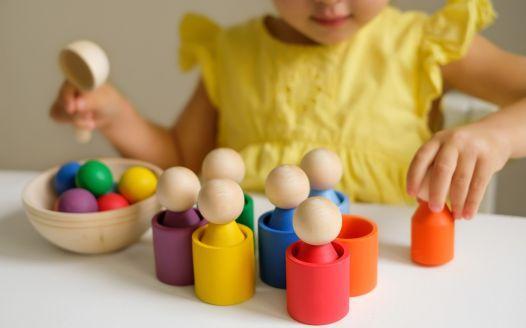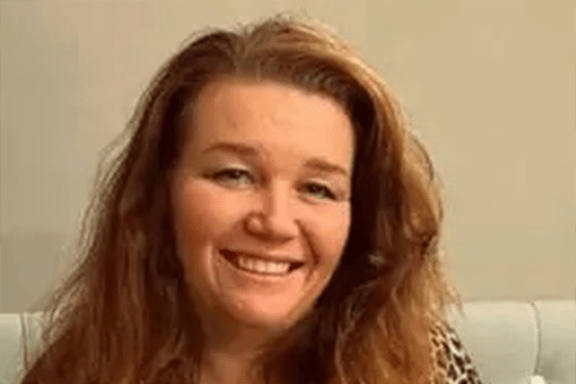How to nurture creativity
and critical thinking in children
We don’t know what the future holds for the children. But they will be ready for it if they can think critically and solve problems creatively. Start training them in these skills in kindergarten.
Critical thinking is one of the most valuable cognitive skills. It means keeping an open mind, using your imagination, asking questions and weighing up the information available before making a final decision. All of these competencies can be non-violently honed from kindergarten onwards through play. We’ll tell you how.

Sorting
Simple sorting is a top activity for developing logical reasoning. It requires the ability to compare, distinguish and group by characteristics. Let children sort:
- Objects and natural objects by color, size, shape or material,
- pictures of animals by where they live, what they eat, whether they are domestic, wild or exotic,
- pictures of means of transport by type of road.
Worksheets
Analyze the situation, look for correspondences and contradictions and draw a conclusion from the information obtained. You can practice these valuable skills with your children in worksheets. Focus on problem solving:
- what is missing (picture with a detail omitted, e.g. a dog without a tail, a car without wheels, etc.),
- what is different (all pictures are the same, only one is slightly different),
- what does not belong (all pictures have something in common, only one does not belong in the set),
- what follows (based on the pattern, determine which picture will follow in the series),
- what happens next (complete a story of 3 pictures, connect the first two pictures to the final one).
Creative challenges
Try the following creative challenges to get children stretching their imagination and thinking outside the box.
It’s not a box
Take inspiration from the picture book Not A Box by Antoinette Portis. In it, a little rabbit plays with a cardboard box, but sees a mountain, a robot and a space rocket. It’s not for nothing that they say an empty box is the best toy.
Use your imagination and think of unusual purposes for other ordinary objects. For example, a rake would make a cool comb for a giant, a spoon would make a pirate’s eye patch and a fringed mop would make a wig.
Hole in the paper
Cut a hole in the paper. It can be perfectly round according to the template, cut out just by eye or wildly shaped in any way. It can be placed in the center or anywhere else on the paper. There can be one or there can be several.
Offer children hole-punched paper as a new art medium. Hand out crayons or markers and encourage children to start drawing. They can draw around the hole, incorporate it into their picture, or line the hole with more paper and draw in it.
Doodling
Draw several circles. Ask the children to make as many things as they can think of (a ball, a balloon, a car wheel, a club, a face, a ladybird, a flower, a sun, an apple, a tomato, a doughnut, a cake, a pizza…).
For older children, try also presenting drawing sheets for reflection and completion. Sketch a simple picture on paper, accompany it with a brief comment and leave the rest to the children. It might look something like this:- a suitcase and the question of what to pack in it for the holidays,
- the road and the question of what the car passes on the way to the trip,
- an open window and the question of what landscape they see out of the window on a family holiday,
- the seabed and what they can see when they go diving,
- a castle gate and the question of what kind of castle they would like to live in.
Do not touch
Stick two strips of paper tape on the floor and place a ball of crumpled paper between them. Invite the children to move the ball outside the strips – without touching it with their hands. You’ll be surprised how many ways some people can think of.
Reading together
Use the story you are currently reading together to test the children’s ability to think logically. Stop occasionally while reading and ask what will happen next, how the character is likely to behave. Outline different scenarios, let the children guess the consequences of the action and evaluate whether it was a good or bad idea. Think of an alternative ending to a well-known fairy tale.
Find out how else to engage children interactively in the story in the article
How to awaken a love of books in children.
Don’t teach children what to think. Rather, teach them how to think.
Cultivate creativity and critical thinking.
This is the only way they will be able to form their own attitude and cope with whatever the future holds.
14. 8. 2023 | Martina Zatloukalová














